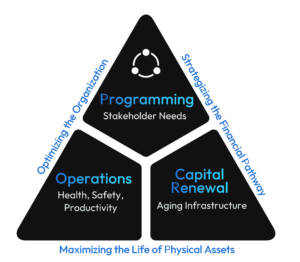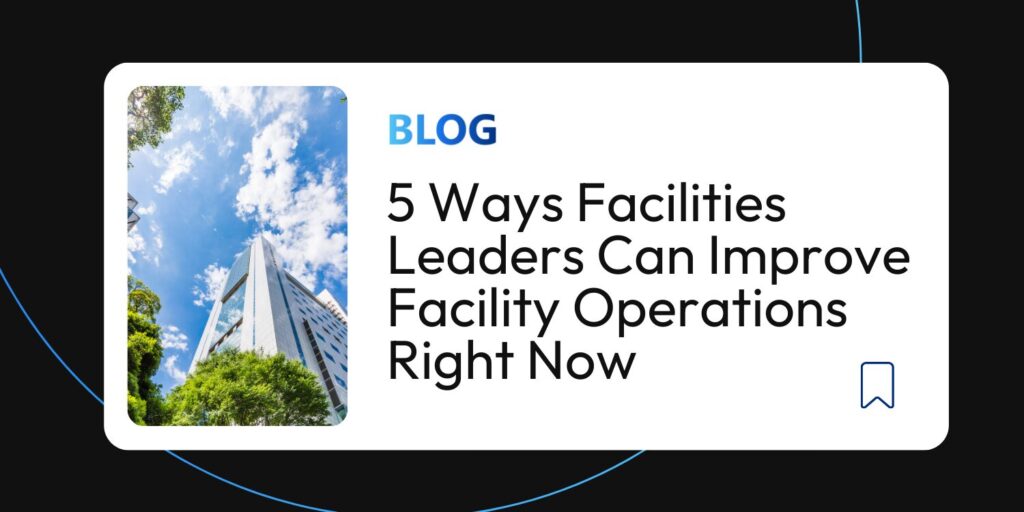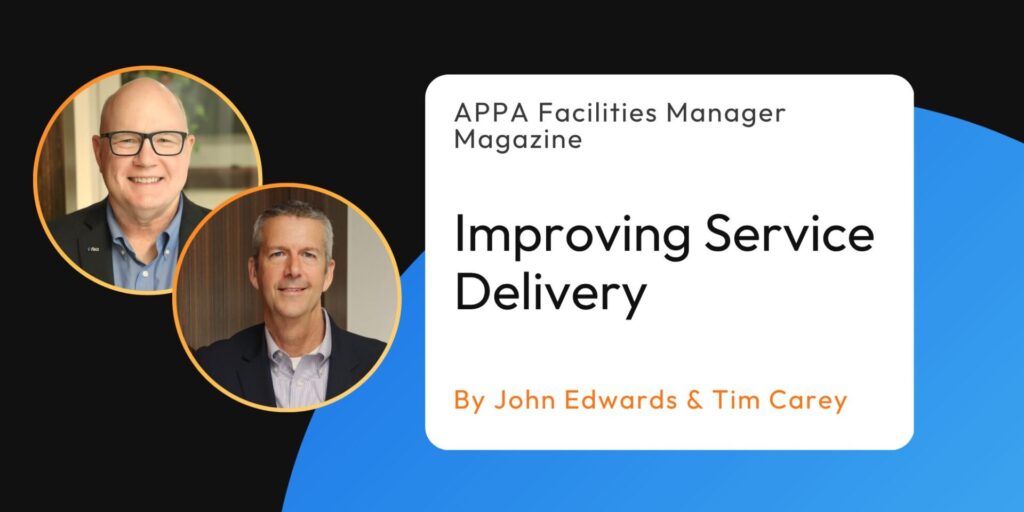Are You Properly Funding Your Facilities?
Strategies for funding your facilities starts by aligning programming, operations, and capital renewal
Here are 6 ways to plan strategically and tell your funding needs story more effectively:
- Understand Programming and Stakeholder Needs
- Assess Conditions
- Evaluate Operations
- Determine Target Funding
- Prioritize Projects
- Align Workforce Capacity with Funding
FEA can help you proactively address maintenance and forecast funding needs

Successful facility funding starts with aligning your organization’s programming goals, operational needs, and long-term capital renewal plans. By coordinating these elements, you ensure that your funding strategy directly supports your mission and objectives.
Here’s a more in-depth guide for strategies for funding your facilities:
- Understand Programming and Stakeholder Needs: The first step in facility funding is a deep understanding of your organization’s programming requirements and the needs of various stakeholders. This includes assessing how facilities are currently being used and what future demands might be. Understanding these needs is essential for crafting a funding strategy that addresses program requirements.
- Assess Conditions: Conduct a comprehensive condition assessment of your existing facilities. This involves evaluating the physical condition, identifying areas in need of repair or renovation, and understanding the lifespan of key assets. Assessing conditions provides a foundation for determining the scope of work for funding requirements.
- Evaluate Operations: Evaluate how efficiently your facilities are being operated and maintained. Operational inefficiencies can lead to unnecessary costs. Identifying areas for improvement in operations can help optimize resource allocation and reduce ongoing maintenance expenses.
- Determine Target Funding: Once you have a clear understanding of your programming needs, current conditions, and operational requirements, you can determine the funding necessary to address these areas. This includes capital investments for renovations, maintenance, and renewal strategies.
- Prioritize Projects: Not all facility needs are created equally. Prioritize projects based on factors such as safety, risk, regulatory compliance, mission-critical functions, and overall impact. Prioritization ensures that limited resources are allocated to the most urgent and valuable projects.
- Align Workforce Capacity with Funding: Ensure that your workforce is appropriately sized and skilled to execute the planned projects within the allocated funding. Alignment ensures that projects will be completed efficiently and effectively.
After you have gone through this process to understand your funding needs by understanding programming needs, assessing current conditions, and evaluating operational efficiency to determine necessary funding for repairs, renovations, and ongoing maintenance. Now you can focus on prioritizing projects based on urgency and impact, and ensuring your workforce is aligned with available resources to execute the plan effectively.
Armed with these strategies for funding your facilities, you can focus on forecasting future needs. As your organization grows and evolves, so too do the demands on your facilities. It’s important to take a proactive, long-term view of facility requirements, considering factors such as demographic shifts, technological advancements, and changes in operational strategies.
Predicting future funding needs allows you to stay ahead of potential challenges, such as aging infrastructure or emerging regulatory requirements, and plan accordingly. By integrating predictive analytics and trend forecasting into your funding strategy, you ensure that your facilities remain adaptable, resilient, and ready to support your organization’s evolving needs without unnecessary financial strain. FEA’s expertise in this area helps you build a sustainable funding strategy that accounts for both current and future facility needs, ensuring long-term success.
By following these strategies for funding your facilities, you can establish an effective facility funding strategy that aligns with your goals, optimizes resources, and ensures the long-term sustainability of facilities. Proper funding for facilities is a critical component to ensure that your organization’s assets are well-maintained and can effectively support your mission.
FEA uses a methodical framework to understand your needs to help you make informed, predictive, and defensible building lifecycle investment decisions and build a long-term plan for your facilities.
Dive deeper into this and Total Cost of Ownership for your facilities here.




